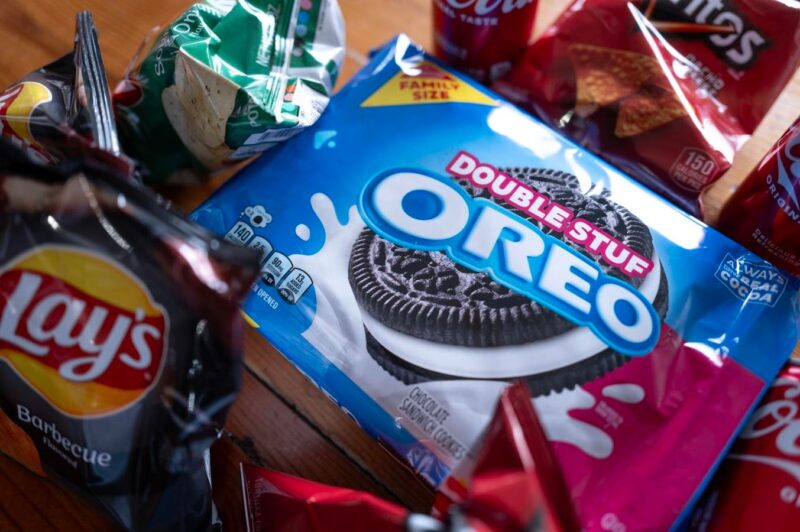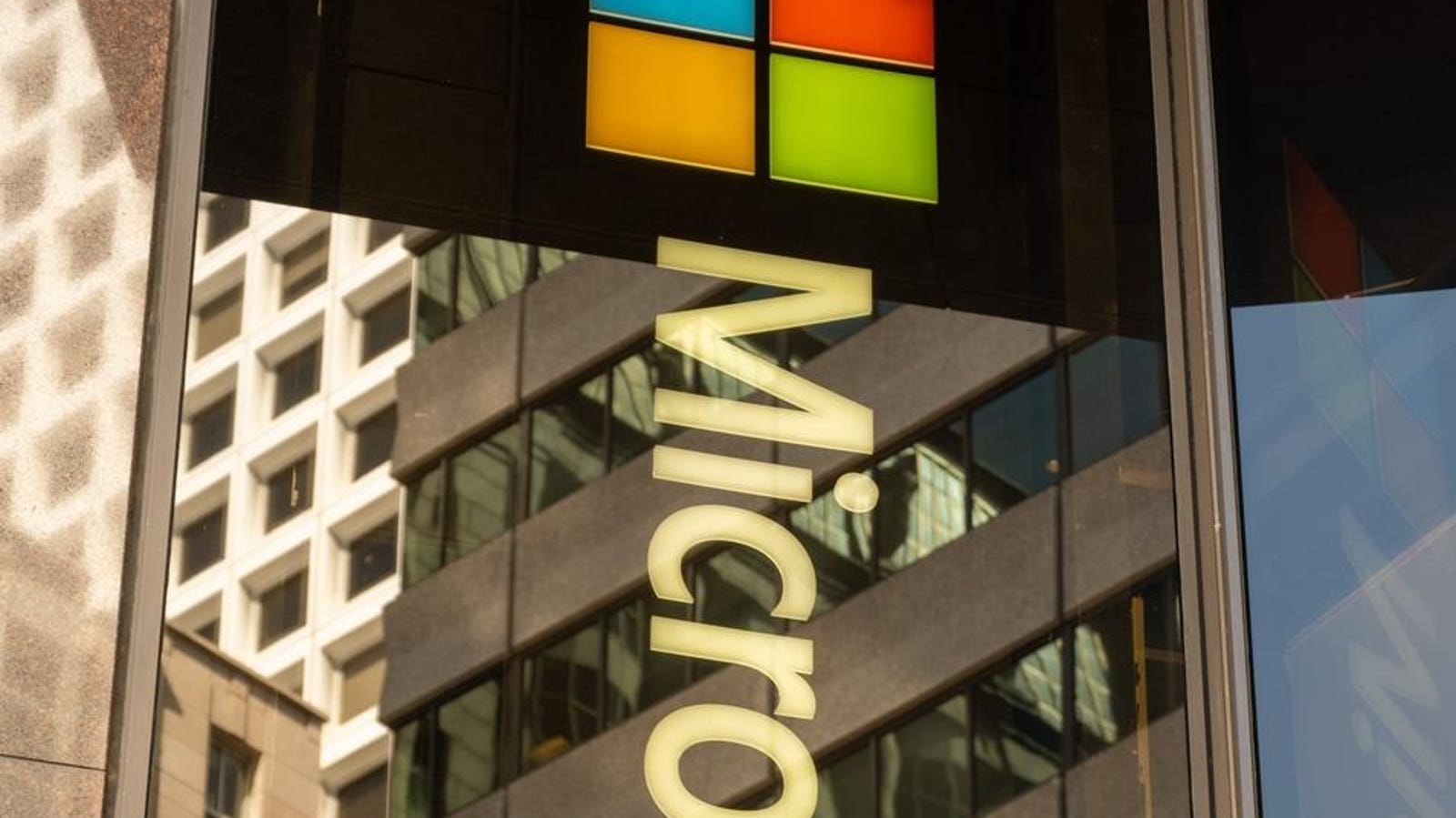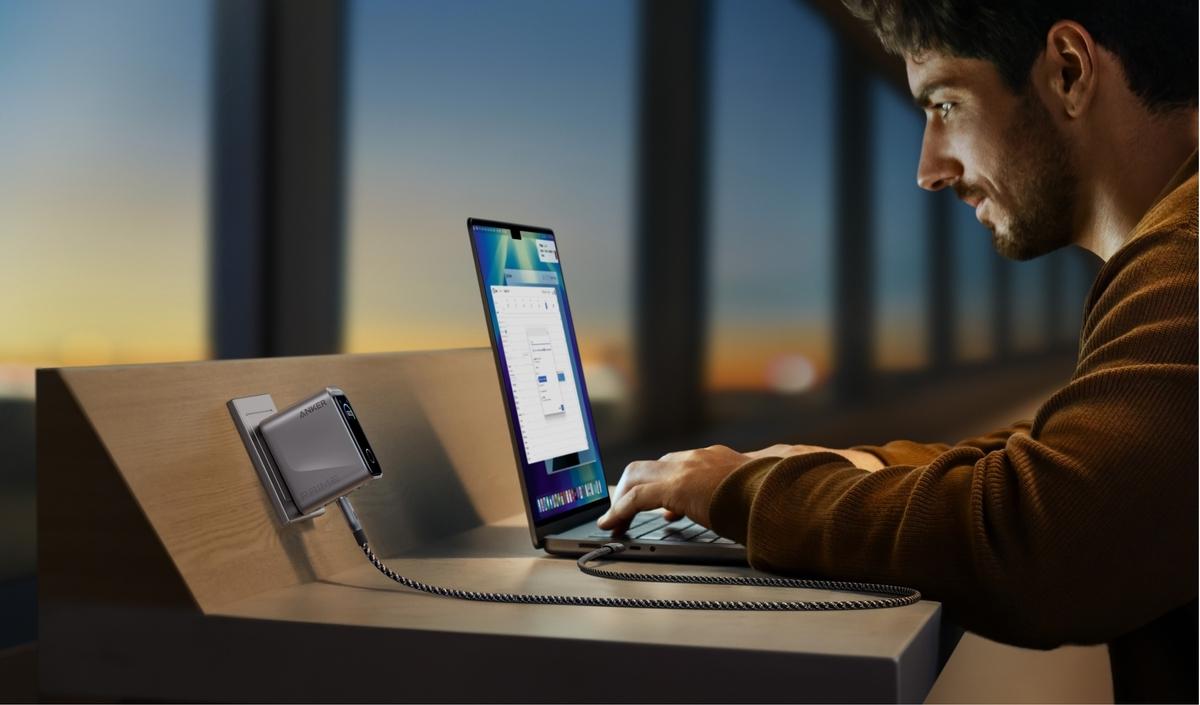Mondelez International’s migration to AWS, secured by CrowdStrike’s AI-native Falcon platform, shows how global manufacturers are redefining cyber resilience through automation, intelligence and interoperability.
Getty Images
For Mondelez International—the $80 billion global maker of Oreo, Ritz and Chips Ahoy—the shift from Microsoft Azure to Amazon Web Services wasn’t just another IT project. It was a full-scale reinvention of how the company approaches cybersecurity in a hyper-connected world.
The transformation, secured by CrowdStrike’s Falcon platform and supported by AWS’s automated infrastructure, reflects a broader trend in manufacturing: rebuilding resilience from the inside out. In an industry where a single production outage can cost millions per hour, speed, visibility and intelligence now define security maturity.
A Sector Under Siege
Manufacturing has become one of the most targeted sectors in the world. According to the CrowdStrike Threat Hunting Report, attacks on manufacturers surged 51% in the past year alone. The combination of legacy operational technology and complex supply chains makes it an appealing target for ransomware groups and nation-state actors alike.
For Mondelez, the answer wasn’t to stack more tools on top of an aging foundation—it was to start over.
The company standardized its on-prem data lake around the CrowdStrike data model, creating what Emmett Koen, senior director of cybersecurity operations and North America regional CISO at Mondelez, described to me as “a true single pane of glass for all of my logs and sources for our analysts to be able to leverage.”
That unified visibility gives analysts the clarity to detect anomalies faster, correlate across environments and act with precision—a capability that’s especially valuable in a sector where every second counts.
From Fragmentation to Integration
Before the migration, Koen said the company’s environment was fragmented, with multiple clouds all over the world, multiple security solutions and no centralized platform. Each system required its own expertise and dashboards, creating silos that slowed down the business.
By moving to AWS, Mondelez gained the agility to deploy and secure workloads in under 20 seconds through an automated CI/CD pipeline. The result is a seamless integration of infrastructure and security—where every new workload is provisioned securely from the start.
As AWS director of category management Mona Chadha put it, “AWS gave Mondelez the scale and flexibility it needed to transform security—going from reactive to predictive in a truly global context.”
The collaboration between AWS and CrowdStrike turned what could have been a routine migration into a model for secure-by-design modernization. SAP workloads under SAP RISE now run on AWS with embedded CrowdStrike protection, giving Mondelez both operational speed and compliance assurance.
AI-Native Security and the Evolution of the SOC
The most profound shift has been inside the Security Operations Center. Mondelez replaced its legacy SIEM with CrowdStrike’s Next-Gen SIEM, powered by AI and real-time telemetry from endpoints, identities and cloud sources.
Traditional SIEMs rely on manual correlation and human triage. This architecture moves beyond that. By embedding AI at the core, Mondelez can detect, investigate and respond to threats in minutes instead of days—an essential capability in an environment where downtime can cascade across global operations.
CrowdStrike chief business officer Daniel Bernard emphasized that the goal isn’t consolidation for its own sake but smarter, faster collaboration across ecosystems. “I don’t think security is a winner-take-all game,” Bernard said. “We help customers consolidate, but consolidation usually happens from like 70 to 90 products down to 20 to 30. There’s still a lot going on in these environments.”
He added, “We are the solution for the things we do really well,” and stressed that CrowdStrike’s strength lies in its single architecture—a single sensor, single console type of setup—and its broad interoperability with over 800 other technologies that complement the Falcon platform.
That balance—between unified architecture and open integration—is where security modernization is heading. It’s not about picking one vendor; it’s about achieving interoperability and speed. And CrowdStrike has built its reputation on delivering exactly that.
People and AI: The New Partnership
While technology is at the center of this story, the human dimension remains critical. Koen’s team sees AI not as a replacement, but as a force multiplier. The Falcon platform’s AI-driven capabilities have changed how analysts work—allowing them to focus on decisions rather than data wrangling.
Koen recalled a recent incident that underscored the difference. An interactive adversary gained access to a cloud workload and attempted to deploy ransomware. “Our team was able to contain, remediate and eradicate the adversary in 15 minutes or less,” he said. “That would not have been possible 12 months ago.”
It’s a tangible example of how AI-native defense translates into measurable outcomes: faster response, lower impact and higher confidence.
The Broader Implications
From my perspective covering cybersecurity for years, this story isn’t just about Mondelez—or even about the partnership between AWS and CrowdStrike. It’s a snapshot of a larger shift underway across the enterprise landscape.
Organizations are realizing that resilience isn’t something you buy—it’s something you engineer. Modernization means embedding intelligence into every layer of the stack, from the infrastructure that runs your business to the identities that access it.
For manufacturing, that evolution is particularly urgent. The convergence of IT and operational technology brings efficiency, but it also collapses the traditional security perimeter. The companies that thrive will be those that treat data, identity and automation as interdependent pillars of defense.
Building for What Comes Next
What makes Mondelez’s transformation compelling isn’t just its scale—it’s the intent behind it.
The company isn’t chasing the latest acronym or buzzword; it’s pursuing clarity, speed and adaptability. By unifying visibility and automating response, it’s building a foundation for the next generation of cyber resilience.









